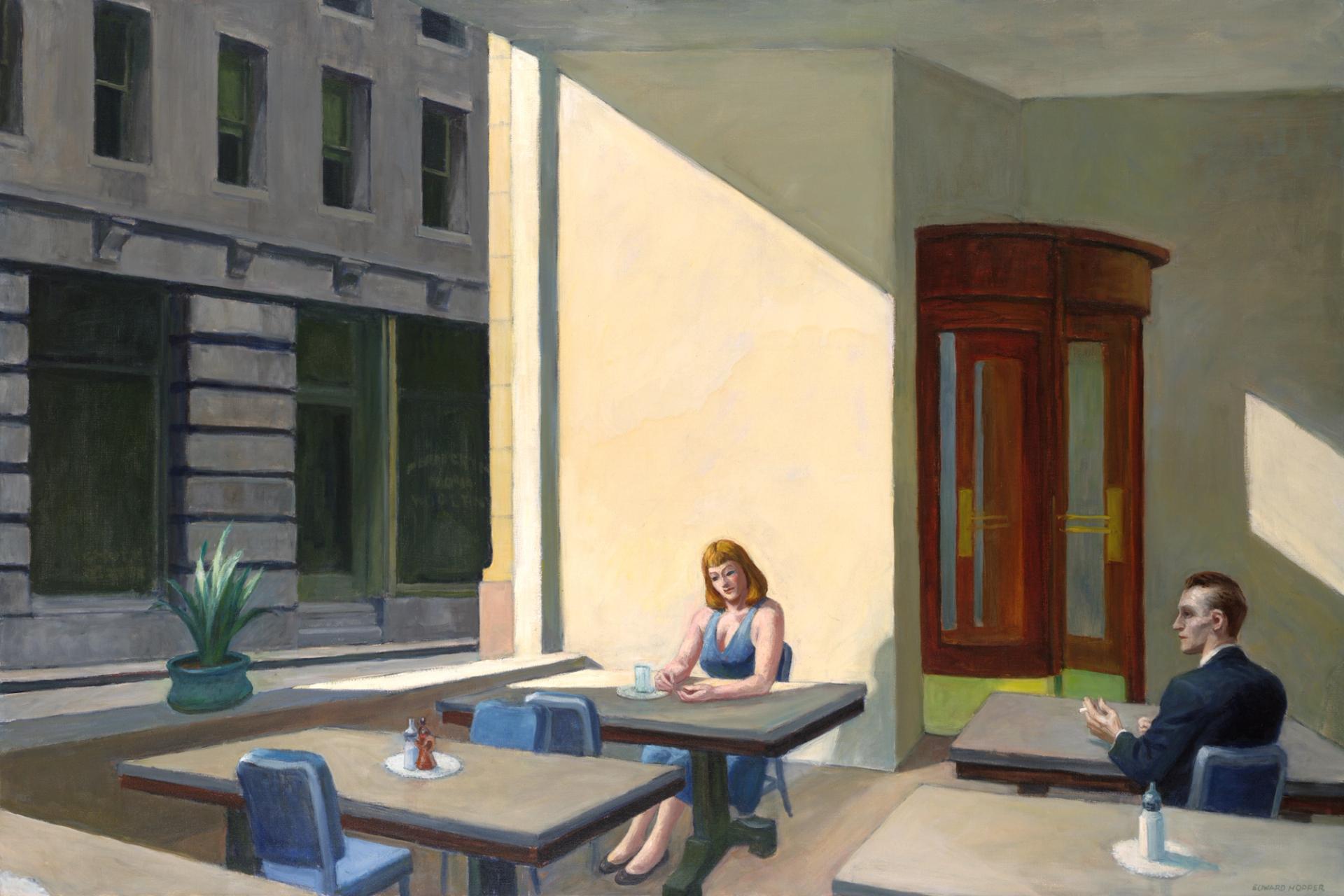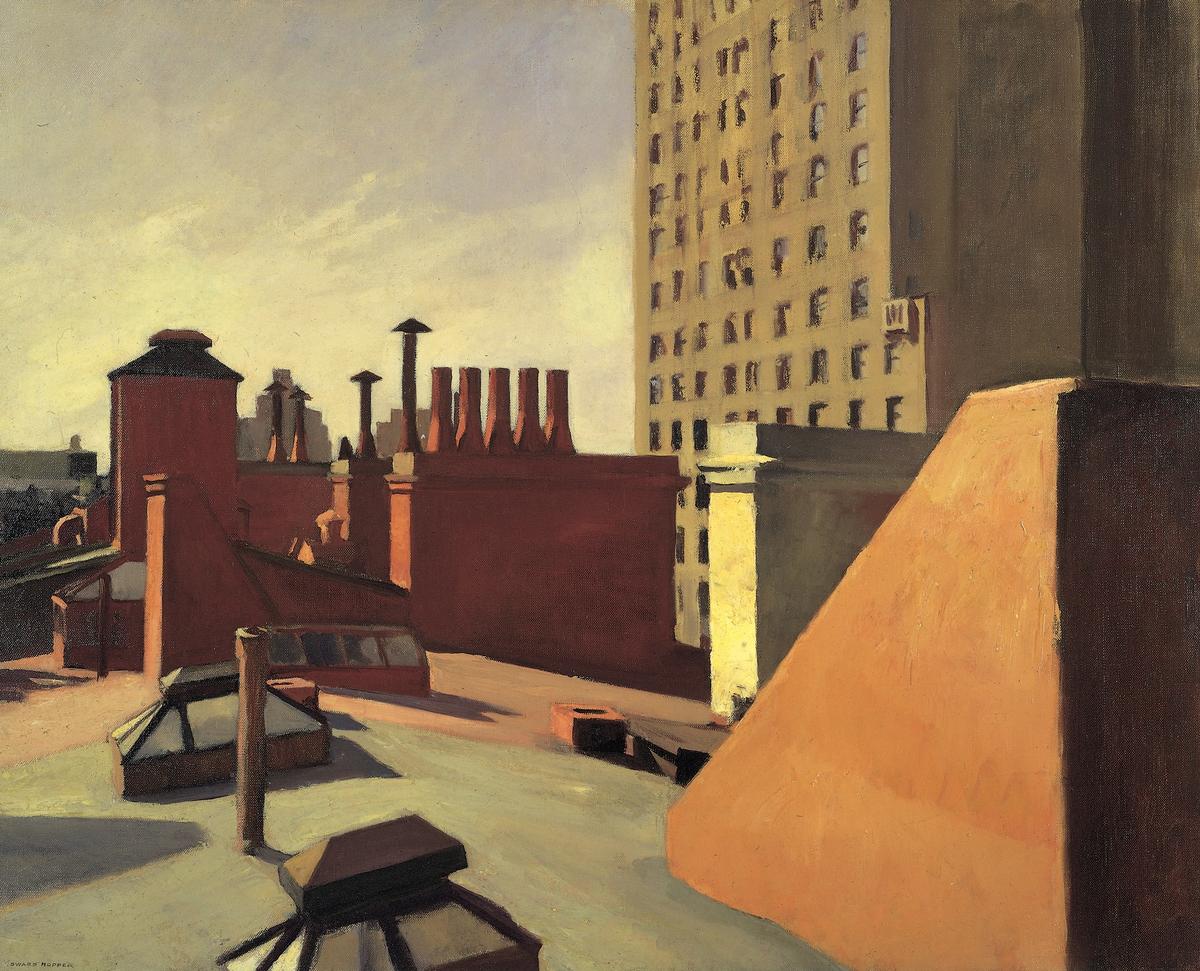An exhibition at the Whitney Museum of American Art examining Edward Hopper’s enduring fascination with New York City has revived a decades-old dispute about how a minister came to own hundreds of artworks by the American artist.
The show Edward Hopper’s New York (until 5 March 2023) features works on paper and paintings examining Hopper’s vision of the city and also draws extensively on the artist’s personal items such as letters, photographs and journals donated by the reverend Arthayer R. Sanborn.
Sanborn, who died in 2007, was a Baptist minister in Hopper’s birthplace of Nyack, New York, and lived near his childhood home. He had taken care of the artist’s sister, who lived in the house, and later Hopper’s wife, Josephine. Before their deaths in the 1960s, Sanborn found Hopper’s archive, which included family documents but also early artworks, in the home’s attic. He ultimately came to own more than 300 Hopper artworks, the New York Times reported.
Among them were notable paintings including City Roofs (1932), a golden-hour scene of rooftops that is included in the Whitney exhibition.
How Sanborn, who in the early 1970s began selling some of the Hoppers, acquired these has been the subject of controversy long before the show opened on 19 October. The minister had said that some were given to him as gifts from the family, and others he acquired when he purchased the contents of the Nyack house and Hopper’s New York apartment. But the Times investigation, which included a recent review of several internal records from the Whitney, did not find a clear provenance for his collection.
City Roofs, for instance, had once hung in Sanborn’s dining room, and according to his son was a gift from the Hoppers. But Josephine Nivison Hopper, who kept track of works in a ledger, had last labelled it as “here in studio”, according to the Hopper scholar Gail Levin, who authored the artist’s catalogue raisonné.
Another study for the painting, Sunlight in a Cafeteria (1958), is listed in an exhibition catalogue as acquired by Sanborn from the estate of Josephine Nivison Hopper; in a letter to its later owner, Yale University, Sanborn wrote that he received the drawing before her death, as a gift.

Edward Hopper, Sunlight in a Cafeteria (1958), Yale University Art Gallery, New Haven; bequest of Stephen Carlton Clark, B.A. 1903. © 2022 Heirs of Josephine N. Hopper/Licensed by Artists Rights Society (ARS), New York
Levin, a professor at Baruch College who also worked as the Whitney’s Hopper curator between 1976 and 1984, has been Sanborn’s loudest critic. She maintains that the late minister was a thief who sold Hoppers that were allegedly never rightfully his, to buyers including institutions like the Museum of Fine Arts, Boston. She has also argued that the Whitney, to whom Josephine Nivison Hopper bequeathed all of her husband’s art, failed to defend the public interest because it allegedly did not attempt to recover the works in Sanborn’s possession. For Levin, that loss was compounded by the added injury of lack of scholarly access to critical Hopper material over decades.
“The museum is aware of claims made by a former curator,” the Whitney said in a statement to the Times. “Those claims were considered when first made and were again researched more recently. The museum has found no basis to pursue the matter, and is satisfied with what it received.”
The Whitney received its gift of Hopper memorabilia from Sanborn in 2017 through the Arthayer R. Sanborn Hopper Collection Trust. It told the Times that it had been negotiating for the collection, now known as the Sanborn Hopper Archive, for more than two decades. It is unclear, according to the Times investigation, how artworks that were stored in the attic in the Hopper house were inventoried by the Whitney; the museum reportedly gave that duty to the Bank of New York, the executor of Josephine Hopper’s will.
The catalogue for Edward Hopper’s New York does not mention Levin’s concerns about Sanborn, but it includes a note of gratitude from the Whitney’s director, Adam Weinberg, to the Sanborn family for preserving the material for generations. The museum made the archive available for research this week when it opened the exhibition.


